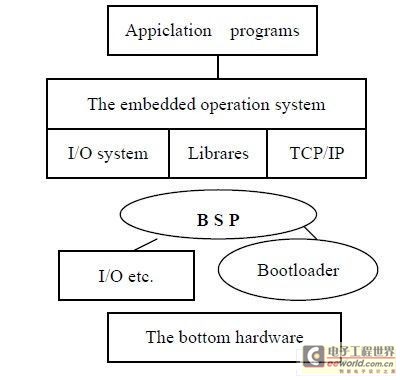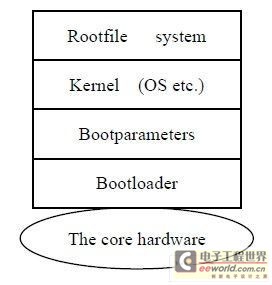introduction
Embedded technology is widely used in information appliances, consumer electronics, switches, and robots. Unlike general-purpose computer technology, computers in embedded systems are not placed in the application environment. The system has high requirements for performance, volume, and time. Complex embedded systems are oriented to specific application environments and must support hard and software reductions to accommodate system requirements, cost, and power consumption.
0.1 Embedded System and Synergy
From the analysis of the electrical characteristic process of information transmission, the embedded system features that computer technology and electronic technology are closely combined, it is difficult to distinguish the specific physical appearance and function, and the information exchange between the processor and peripherals, memory, etc. is mainly level. The form of the signal is made directly between the ICs.
From the embedded depth ED, the more direct and more information exchanges between ICs, the greater the embedding depth.
When designing the experimental system model (Fig. 1), the soft and hard coordination is fully considered, making it a complete platform for experiment and research. Software and hardware coordination issues involve collaborative partitioning techniques and collaborative design techniques. One of the core issues of synergy will involve the integration and migration of the bootloader bootloader, the system board support package BSP, and the embedded OS. Collaborative design technology is related to system functions, performance, and developers. The core content provides an integrated environment for collaborative description, verification, and integration of hardware and software.

Figure 1. Embedded system structure model
0.2 Embedded system without operating system OS
0.2.1 System Features
Due to the nature of the system, tasks, costs, etc., embedded systems without operating system support will continue to exist in large numbers. Such systems use specialized development tools (eg, simulation in-circuit debugger ICE, etc.). Online debugging program on the PC through serial port or parallel port, with source code debugging function.
0.2.2 Limitation analysis
A system without an OS operates in the "instruction order execution + interrupt" mode. In the early design of the program-controlled switch system in which the author participated, it was necessary to perform real-time processing on extensions of different port sizes (from 10 to 1000, etc.). By establishing a system such as the core hardware layer (bank, I/O, etc.) of the switching system and the user port address; then establishing timed and untimed events, procedures, and task interrupt chains and task tables, applying interrupts to tasks and process scheduling . The designer has to complete the writing of the equivalent of some operating system functions, resulting in a complex software structure, a large workload, especially repeated labor.
0.3 Embedded System with OS
The 2 embedded system in Figure 1 is a structural model with an embedded OS. The introduction of embedded OS can provide similar API interfaces for various embedded processor environments (such as MPU, DSP, SOC, etc.), so that programs based on OS have better portability. Starting from the collaborative division and design technology, the functionalization and productization of embedded software can promote the specialization of division of labor and reduce duplication of labor.
1. Bootloader/BSP features
The Bootloader works in conjunction with the BSP to initialize the hardware device, establish a memory space map, and "screen" the hardware environment to prepare for calling the operating system kernel and application.
1.1 Bootloader Features and Structure Analysis
The Bootloader is the first program to run after the system is powered up. It relies mainly on hardware. It is almost impossible to build a generic version. Even if the same CPU, the hardware changes slightly, the bootloader must be modified. Establishing a good BootLoader structure provides useful help for secondary development of the system and ease of development and portability of BSP. At the same time, it is also an important measure to protect the intellectual property of hardware platform design.
The startup process is divided into single stage (Single STage) and multi-stage (Multi-Stage). From the perspective of collaborative partitioning technology, device initialization programs are usually placed in the stage, and stage2 sets kernel parameters and calls, which should be readable and portable. Bootloaders booted from solid-state storage devices are mostly two-phase boot processes. Bootloader's bank and partition: Flash/RAM/solid-state memory (Figure 2); Flash memory partitions are continuous and non-contiguous. When the system needs multimedia and other functions, DOC (Disk ON Chip) technology is used to solve the storage of large-capacity embedded OS.

Figure 2. Schematic diagram of the spatial allocation structure
Armored Patch Cord,Simplex Armoured Patch Cord,Duplex Armoured Patch Cord,Outdoor Duplex Armoured Patch Cable
ShenZhen JunJin Technology Co.,Ltd , https://www.jjtcl.com